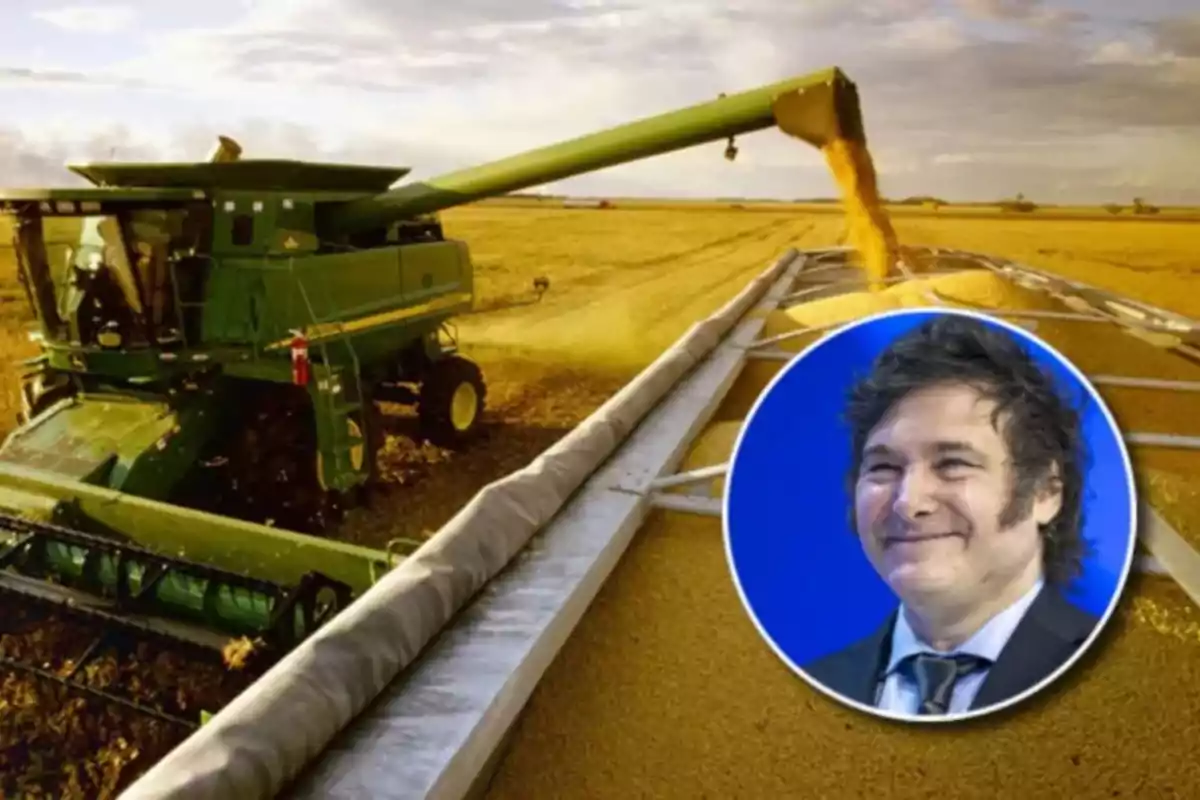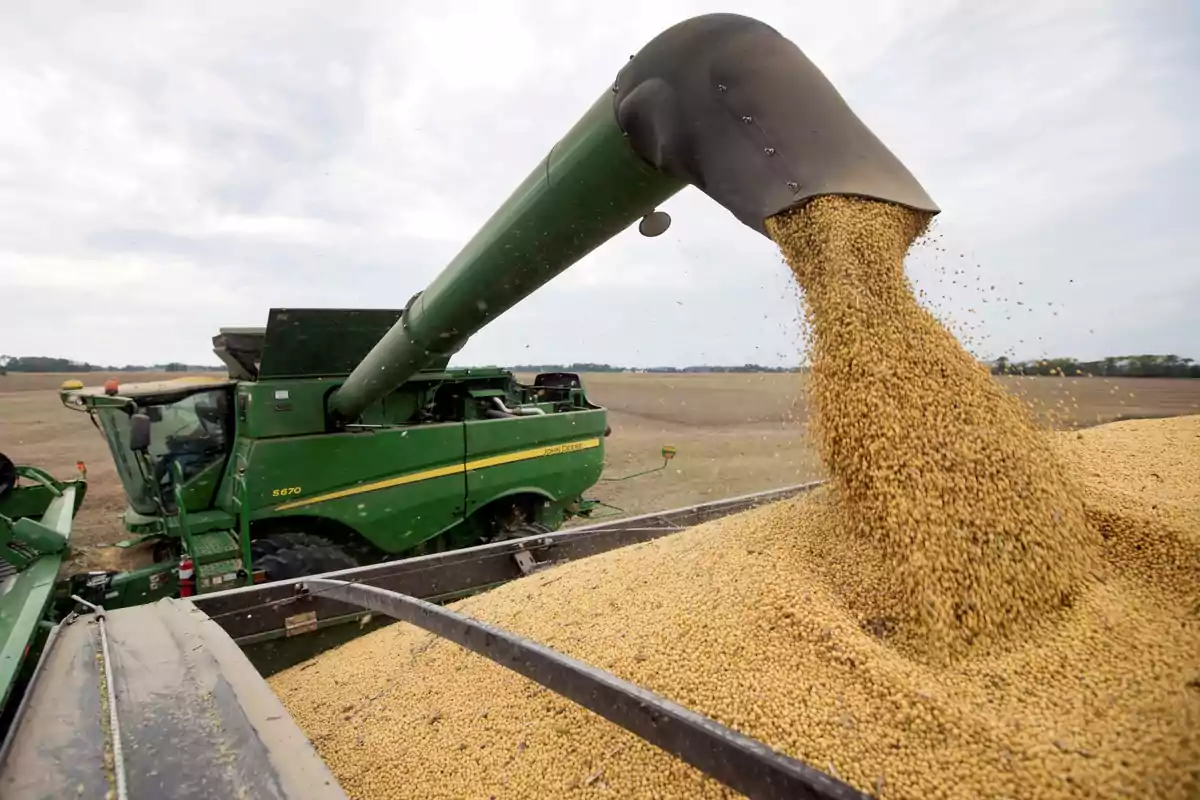
Argentina will have the second highest harvest in history
Thanks to the liberal economic miracle, more than US$ 30 billion will enter in exports
The Argentine economy is on track to receive a colossal boost from its historical engine; the agricultural sector. Thanks to an unexpected climate change, a transformed agricultural campaign, and a more predictable economic environment driven by the government of Javier Milei, the country is preparing to bring in more than US$ 31.6 billion in exports in 2025, according to the Rosario Board of Trade (BCR). This is the second highest harvest in Argentine history, with 135.7 million tons of grains, 2% more than the previous campaign and just below the 2018/19 record.
This phenomenon is not isolated: it occurs within the framework of a new economic paradigm where, as sector analysts highlight, "the agricultural sector once again has predictability to invest, produce, and export thanks to the current government's economic direction." The successful "dollar blend" scheme, which allows part of the exports to be settled at the financial exchange rate, along with the regained exchange rate stability, have been essential for producers to be encouraged to sow decisively again.

The agricultural exports forecast for 2025 will reach US$ 31.633 billion, with a 3% increase in grain shipments, totaling 56.3 million tons, and a general total of 97.4 million tons, including oils and by-products. This magnitude consolidates agriculture as the main generator of foreign exchange and a pillar of macroeconomic recovery.
The recovery is also reflected in the sector's early settlement: in the first four months of the year, US$ 10.6 billion have already been settled, which is US$ 2 billion more than in the same period of 2024, thus achieving the third-best start in a decade.

The year had begun with a bleak outlook: in January, droughts and heat waves threatened corn and soybean crops. However, since February, rains have radically reversed the situation.Wheat led the recovery: 6.9 million hectares were sown, a 25% increase over the previous year, and 20.1 million tons were harvested, a 39% year-on-year increase, being the second-best historical mark.
Corn, affected by climate uncertainty and the corn leafhopper pest, reduced its area to 8.3 million hectares (-19.7%) and its production to 48.5 million tons (-7.2%). Even so, the impact was contained thanks to coordinated technical and logistical decisions.
Meanwhile, soybeans covered 17.8 million hectares, 1.3 million more than the previous cycle, and caused 48.5 million tons, just 3% less, despite the extreme heat in the north. Defensive strategies implemented by producers in the core region were key to mitigating losses.
Other crops showed mixed results. Barley added 200,000 hectares, totaling 1.7 million, with a production of 4.9 million tons, a 3.9% decrease affected by low yields in southeastern Buenos Aires. Sunflower, with 2.2 million hectares sown, reached 4.7 million tons, while sorghum increased its area by 25.5%, up to one million hectares, and produced 3.2 million tons, 700,000 more than last year.
The export balance clearly reflects the production trends: wheat will grow by 44%, reaching 11 million tons exported; soybeans will increase by 14% with 5.2 million tons; while corn, affected by the production decline, will fall by 7.6%, with 33.5 million tons.
More posts: